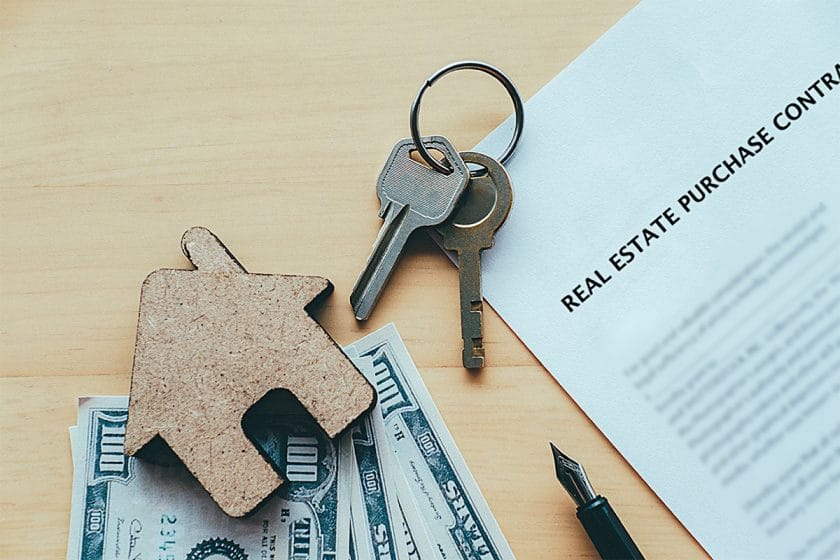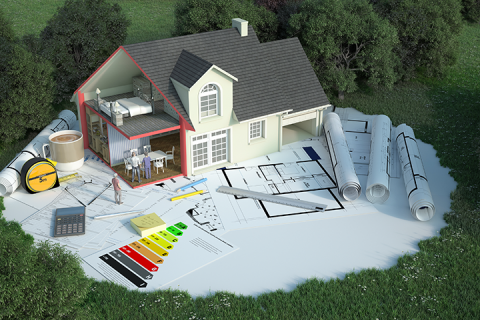In legal terminology, the term ‘conveyance’ refers to the process of transferring property from one owner to another. The term ‘deed’ refers to a legal document that is signed, especially one regarding the ownership of property or legal rights. In simple words, a conveyance deed is a legal document used to transfer the title of the property from one person to another.
Doesn’t it sound like a sale deed? Well, conveyance deed and sale deed are often used interchangeably, but there are slight differences between the two documents. This is because conveyance deed also includes gift, lease, mortgage, and exchange deeds. Simply put, all sales deeds are conveyance deeds but not vice versa.
Understanding its importance
Governed under the Registration Act, a conveyance deed is a crucial document for both buyers and sellers as a purchase is not legally complete until the document is signed by both parties. It also requires the signature of at least two witnesses.
Further, if the property in question was on loan, then the loan must be cleared before the conveyance deed is signed. The document is also important to certify that the property is free from legal encumbrances.
The contents
A conveyance deed contains details about:
- Property demarcation
- Chain of title that includes all legal rights to the present seller
- Other rights annexed to the property and its use
- Details about the transfer of the property
- A memo about property ownership
- Signatures of both parties
- Other terms and conditions related to property transfer
- Power of attorney, if used
Types of conveyance deeds
There are three types of conveyance deeds. These include a deed of conveyance of freehold property, deed of conveyance of leasehold property, and deed of conveyance subject to a mortgage.
The process to obtain a conveyance deed
The conveyance deed is executed on non-judicial stamp paper and is registered at the registrar’s office. After its registration, the stamp duty and registration charges have to be paid. For the same, the following documents are required:
- Registered Agreement for sale
- Mutation entries
- Location Plan
- City survey plan or survey plan from the revenue department.
- Certificates such as commencement certificate, completion certificate, occupancy certificate (exempted if not available), architect certificate
- Approved layout plot plan
- Certificate under Urban Land Ceiling Act, 1976
- List of owners
- Proof of registration and payment of stamp duty
- Draft conveyance deed
Points to remember
- As mentioned above, the seller must clarify that the property is free from any legal hassles. Also, if there is any loan, it must be cleared before the deed is signed.
- The conveyance deed must mention the specific possession date on which the property will be handed over to the buyer.
- Last but certainly not least, within four months of the execution of the conveyance deed, all the original property documents should be submitted to the local sub-registrar for registration.






Thanks for helping me understand that there are three types of conveyance deeds. I guess it would be best to talk to a property transfer professional to understand what we need to do. It’s to transfer the title to my name now that my mom has passed down the house of my grandmother to me.